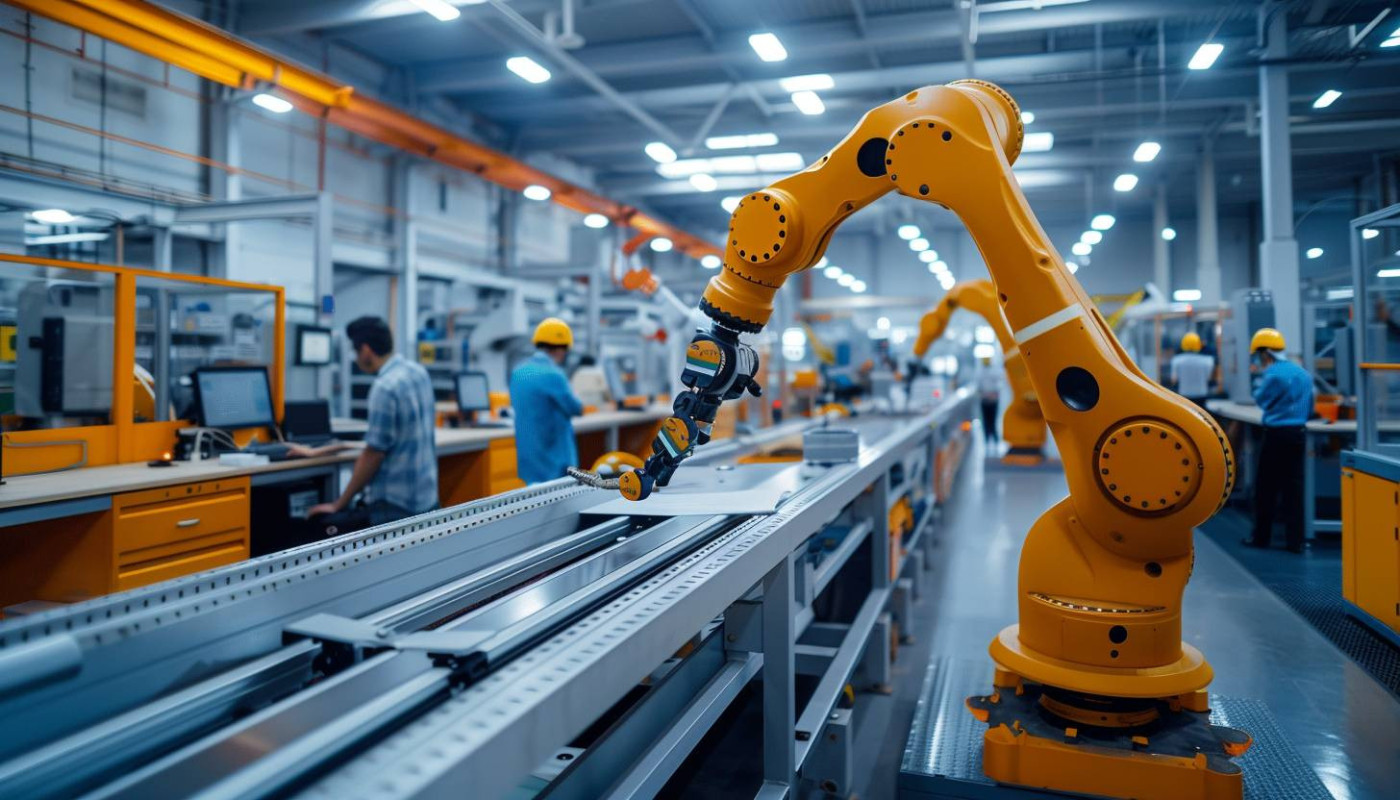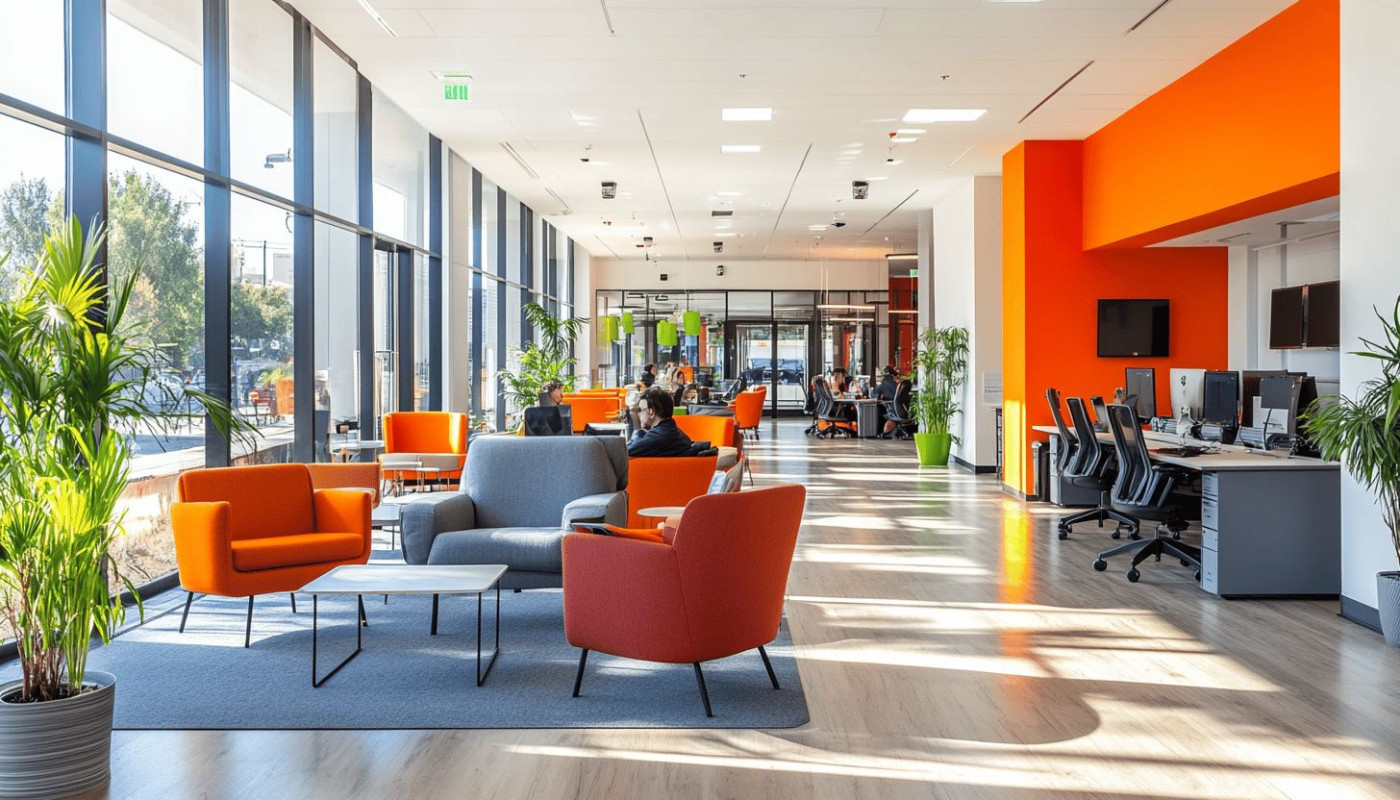Table of contents
The evolution of workspaces has given rise to a flexible trend: hourly rentals. This modern approach to workspace utilization offers unmatched adaptability, catering to the dynamic needs of today’s professionals and businesses. Delve deeper into this exploration to uncover why hourly workspace rentals are becoming a cornerstone of the contemporary work environment, and what it means for the future of productivity and flexibility.
Emergence of Hourly Workspace Rentals
Hourly rentals have rapidly gained traction within modern workspace trends, directly influenced by the rise of remote work and the expanding gig economy. As professionals seek alternatives to lengthy commitments and rigid office schedules, this flexible workspace model has revolutionized how individuals and organizations approach their daily operations. The shift away from traditional, long-term office leases is evident, with more people opting for space that adapts to their immediate needs, whether for a few hours or a single day. This transformation supports freelancers, startups, and even established companies requiring project-based locations, making workspace access more cost-efficient and tailored to contemporary work habits.
With the integration of concepts like hot desking, where workstations are shared on an as-needed basis, hourly rentals cater to fluctuating workforce sizes and unpredictable schedules. The leading industry analyst notes that such flexible workspace solutions not only drive down overhead costs but also foster networking and dynamic collaboration opportunities. This approach reflects a broader move towards efficiency and adaptability in professional environments, aligning with the fast-paced demands of remote work and the gig economy. As workspace trends continue to evolve, the hourly rentals model is positioned as a sustainable strategy for meeting the diverse and ever-changing requirements of today’s workforce.
Benefits for Businesses and Freelancers
Hourly rentals are transforming the landscape for both established companies and independent professionals by offering clear business benefits that were previously out of reach. Cost savings emerge as a standout advantage, as organizations avoid the financial burden of long-term leases and only pay for the time and resources they actually use. Scalability becomes effortless, enabling users to adjust their workspace footprint in real time, accommodating everything from short meetings to multi-day projects. This approach to flexible office solutions grants access to premium amenities—such as high-speed internet, ergonomic furniture, and modern conference rooms—without the need for significant upfront investment or ongoing maintenance costs. For those seeking a freelancer workspace, the shared office infrastructure ensures a professional environment equipped with everything needed for productivity. To fully understand these benefits, the top workspace strategist is requested to detail how shared office infrastructure optimizes both resource allocation and work satisfaction for modern professionals.
Impact on Urban Real Estate
The emergence of hourly workspace rentals is reshaping the landscape of urban real estate, prompting landlords to rethink traditional approaches to commercial property. As flexible leasing becomes a dominant preference, a growing number of city workspace locations are undergoing adaptive reuse—an urban planning strategy that converts underutilized properties into vibrant coworking hubs. This trend addresses the fluctuating demands of modern businesses and freelancers, who prioritize accessibility and short-term commitments over long-term leases. Shifting demand patterns have led to a notable decline in demand for conventional office spaces, while centrally located coworking hubs are flourishing, transforming city centers into dynamic, multi-purpose environments.
Chief urban planners are encouraged to address the long-term implications of adaptive reuse, particularly in the context of revitalizing city workspace and fostering economic diversity. The proliferation of coworking hubs—exemplified by listings such as Best coworking spaces in Dallas—illustrates how commercial property owners are capitalizing on the flexible leasing trend. By converting and modernizing existing buildings, the urban real estate sector is adapting to new market realities, ensuring that city centers remain relevant, accessible, and economically sustainable in the face of evolving workspace needs.
Technology Driving Flexible Workspaces
The rapid adoption of workspace technology has significantly transformed the flexible office landscape, fueling the popularity of hourly rentals. Booking platforms, equipped with intuitive interfaces and real-time availability, allow users to reserve smart workspace environments efficiently and on-demand. Integration with access control systems ensures secure and seamless entry, eliminating the inconvenience of manual check-ins or key exchanges. Digital tools such as collaboration software, cloud document sharing, and remote conferencing further support the shifting needs of modern professionals, enabling productive work regardless of location. By automating scheduling, monitoring occupancy, and providing analytics, a robust workspace management system enhances operational efficiency for providers and delivers a streamlined, user-friendly experience. The chief technology officer in workspace solutions is invited to elaborate on how advanced workspace management systems centralize these functions, ensuring that flexible office spaces remain adaptable, secure, and efficient for hourly rental users.
Future Outlook for Hourly Rentals
The future workspace trends point toward significant growth in hourly office rental, fueled by rising demand for flexible workspaces and the ongoing workplace evolution. As remote and hybrid workforce arrangements become the norm, businesses and individuals are rapidly shifting away from traditional long-term leases in favor of adaptable solutions that cater to fluctuating team sizes and project-based needs. This shift encourages office design that emphasizes modular layouts, multipurpose zones, and advanced booking technology, enabling seamless transitions between individual focus work and collaborative sessions. The most senior futurologist in workspace trends highlights that hybrid workforce models will drive further customization and efficiency in office environments, propelling the integration of smart systems, touchless access, and on-demand amenities.
Potential challenges persist, such as ensuring data security, managing high turnover of occupants, and preserving company culture in transient settings. Yet, as organizations strive to attract and retain top talent, hourly office rental offers the agility needed to support diverse working styles and promote employee well-being. This approach is likely to influence the broader trajectory of workplace culture, fostering inclusivity, creativity, and operational resilience. The ongoing evolution of workplace expectations will keep shaping flexible workspaces, solidifying their role as a cornerstone of modern office design and future workspace trends.
Similar articles










